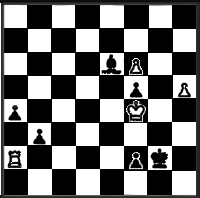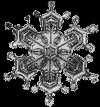|
|
|
|
Notes X |
|
||||
|
berm
|
Part
I Notes
I
|
|||||
|
|
||||||
|
a
house |
||||||
|
|
||||||
| Bright...binoculars
See note to line 736, and Pale Fire. |
||||||
|
|
||||||
|
|
rake
See line 267. |
|
||||
|
|
||||||
|
|
LCD
My own watch (actually analog; stopped) glowed on the bedside table: pale greenish numerals and hands like dismantled calipers. I exhaled. In the next room, the liquid clock dripped on. |
|
||||
|
|
||||||
|
|
night
takes lawn Or yawn. (Excuse me.) Your move:  |
|
||||
|
|
||||||
|
|
highland
road |
|
||||
|
|
||||||
|
|
VIVID
BALKAN MOOR. |
|
||||
|
|
||||||
|
|
AVOID
RIM. B. N. OVAL. See note to line 22. |
|
||||
|
|
||||||
|
|
MAD
VIM. RIVAL BOOK! See note to line 22. |
|
||||
|
|
||||||
 |
|
|||||
| Notes
XI
|